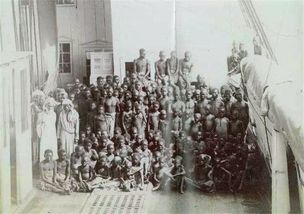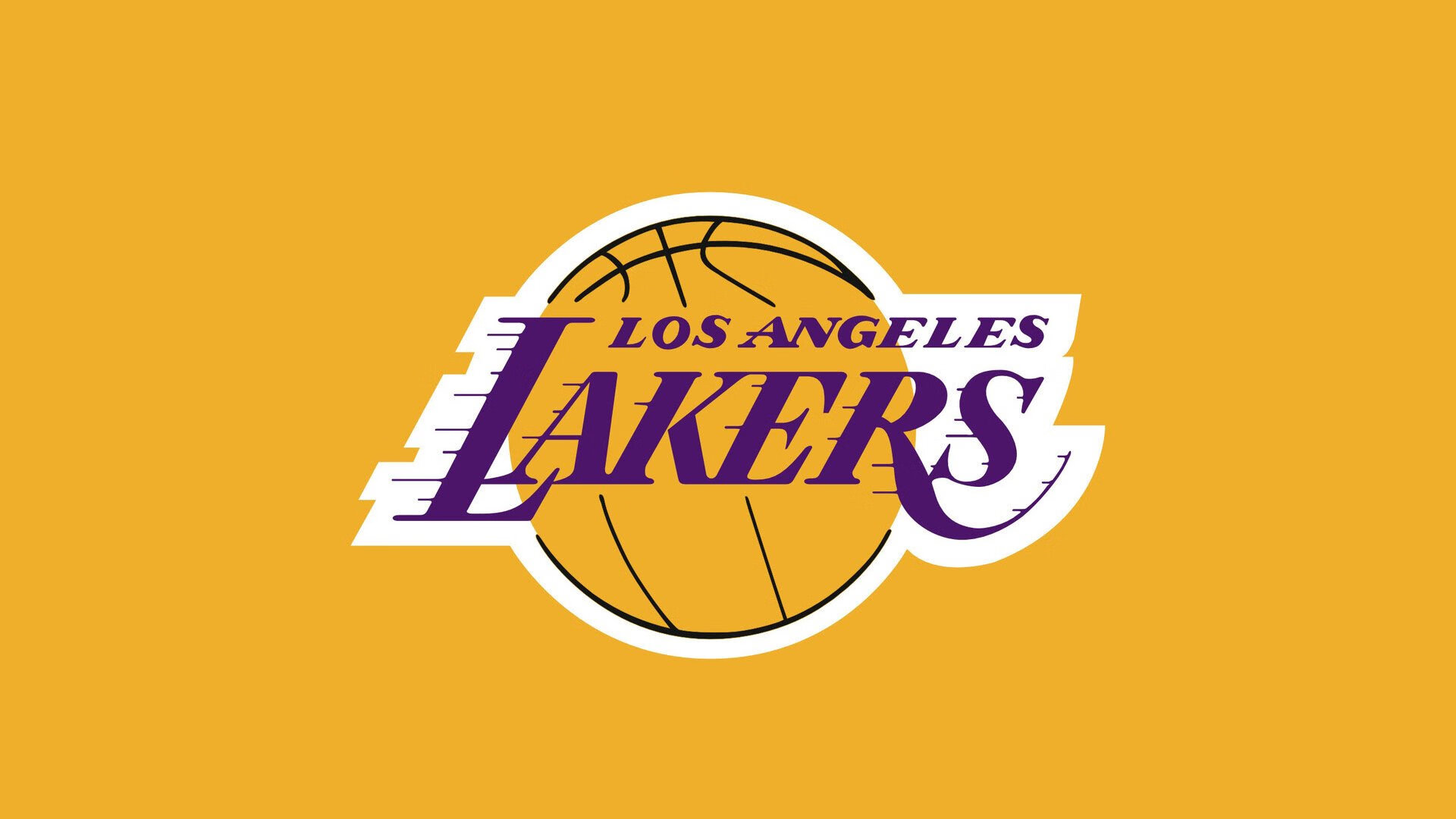Football Animation: A Comprehensive Guide
Are you a football enthusiast looking to dive deeper into the world of football animation? Whether you're a fan of the sport or a professional animator, understanding the intricacies of football animation can enhance your appreciation for the game and your skills in creating animations. In this article, we will explore the various aspects of football animation, from the basics to the advanced techniques, ensuring you gain a comprehensive understanding of this captivating field.
Understanding Football Animation

Football animation is the process of creating visual representations of football matches, players, and actions. It involves the use of various software tools and techniques to bring the sport to life on the screen. From simple stick figures to highly detailed 3D models, football animation can range from basic to highly sophisticated.
Software and Tools

Creating football animations requires the right set of software and tools. Here's a list of some popular software used in football animation:
| Software | Description |
|---|---|
| Blender | Free and open-source 3D creation suite, widely used for animation. |
| Maya | Industry-standard 3D software, known for its advanced features and tools. |
| 3ds Max | Popular 3D modeling, animation, and rendering software. |
| Adobe After Effects | Used for motion graphics, visual effects, and animation. |
Creating a Basic Football Animation

Creating a basic football animation involves several steps. Here's a brief overview of the process:
Set up the scene: Create a football field with appropriate dimensions and add players and the ball.
Model the characters: Create 3D models of the players and the ball using software like Blender or Maya.
Assign textures: Apply textures to the models to give them a realistic appearance.
Set up the rigging: Rig the characters to allow for movement and animation.
Animate the characters: Create keyframes for the players and the ball to simulate the football action.
Render the animation: Render the animation to create a video file.
Advanced Techniques
Once you've mastered the basics, you can explore advanced techniques to enhance your football animations. Here are a few examples:
Physics-based animation: Use physics engines to create realistic ball physics and player interactions.
Dynamic crowd simulation: Create crowds of fans and spectators that react to the game's events.
Real-time rendering: Use real-time rendering techniques to create interactive football animations.
Virtual reality (VR) integration: Develop VR experiences that allow users to immerse themselves in the football action.
Challenges and Solutions
Creating football animations can be challenging, especially when it comes to realism and performance. Here are some common challenges and their solutions:
| Challenge | Solution |
|---|---|
| Realistic player movements | Use motion capture technology to capture real player movements and apply them to the 3D models. |
| High-quality textures | Use high-resolution textures and apply them using advanced texturing techniques. |
| Performance issues | Optimize the animation pipeline, use lower-resolution textures, and reduce the number of polygons in the models. |
| Complex crowd simulation | Use dedicated crowd
 |









